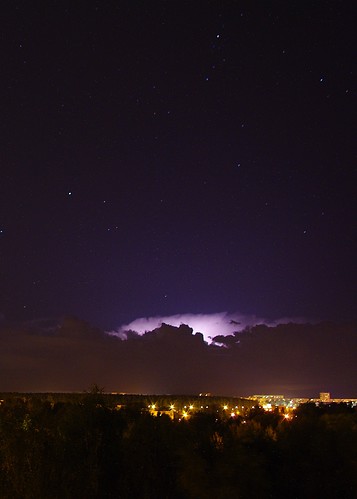 Originally posted by DanLoc78
Originally posted by DanLoc78 
well I've done some night photography and some very long exposures recently and I've noticed a significant number of what appear to be dead pixels. Way too many to be using the PS spot healing brush. Anyone have any clue what it might cost to have them mapped out by Pentax?
No, but you don't want to map out pixels that only show problems (most likely hot, not dead) when doing long exposures. It's pretty normal for otherwise healthy pixels to go hot on long exposures, as the sensor tends to overheat. That's why the Slow Shutter Speed NR option exists in your camera - so the camera can take a second (blank) exposure right after the first, see which pixels go hot, and map them out for you on that shot only. Mapping them out permanently is unnecessary, since they still work fine at normal shutter speeds.
Also, as I said, most RAW software can map out dead or hot pixels automatically - no reason to resort to spot healing them manually!


 Similar Threads
Similar Threads 



















